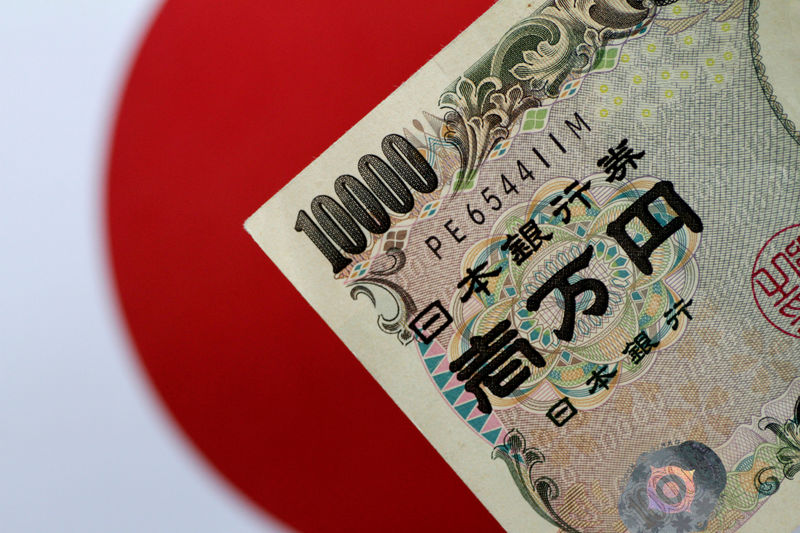Bitcoin price today: steady near $92k after sharp losses; Fed caution weighs
Investing.com-- Asian currencies remained largely steady on Thursday after sharp losses overnight, as the U.S. dollar jumped following Federal Reserve minutes that dimmed hopes of another rate cut in December.
The Japanese yen fell to a ten-month low amid market concerns over Japan’s fiscal stance and the absence of intervention signals.
Dollar jumps after Fed minutes; China keeps LPR steady
The Fed’s October meeting minutes showed a split among policymakers, with “many” participants ruling out a December cut, while “several” saw a cut as likely. The divide highlighted uncertainty over the U.S. economic outlook and prompted traders to scale back expectations for near-term easing.
"We still lean towards a rate cut in December but suffice to say it could be a very split meeting given the lack of clarity on the US data front," MUFG analysts said in a note.
The US Dollar Index, which measures the greenback against a basket of major currencies, jumped 0.7% overnight. Markets interpreted the dollar reaction as a signal that the Fed is tilting more hawkish for now.
In Asia, the South Korean won’s USD/KRW pair edged up 0.1% after climbing 0.5% overnight.
The Singapore dollar’s USD/SGD pair gained 0.1%, while the Indian rupee’s USD/INR rose 0.2%.
The Australian dollar’s AUD/USD pair gained slightly after a 0.5% decline on Wednesday.
The Chinese yuan’s onshore pair USD/CNY ticked 0.1% higher, while the offshore pair USD/CNH was muted.
Data on Thursday showed that China’s central bank left its benchmark loan prime rate unchanged as widely expected, after Beijing flagged a less urgent need for monetary stimulus.
Yen hits 10-mth low amid fiscal concerns
The Japanese yen’s USD/JPY pair was up 0.1% at 157.36 yen, its highest level since mid-January. It jumped more than 1% overnight.
Bank of Japan Governor Kazuo Ueda met on Wednesday with Finance Minister Satsuki Katayama and Economic and Fiscal Minister Minoru Kiuchi to discuss economic and financial conditions.
Katayama later said that “specific discussions around the exchange rate did not take place,” underscoring the government’s cautious stance on intervention.
"All these also come on the back of two other key uncertainties – the size and composition of fiscal stimulus by Japan’s government, and also the current tensions between China and Japan," MUFG analysts wrote.
"We still look for USD/JPY to move lower over the medium-term into 2026, but the lack of pushback by authorities around JPY weakness coupled with uncertainties around fiscal stimulus weigh on JPY in the near-term," they added.
